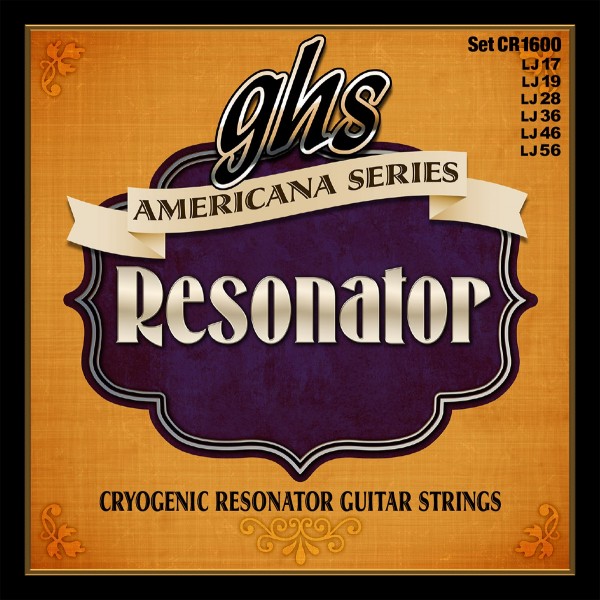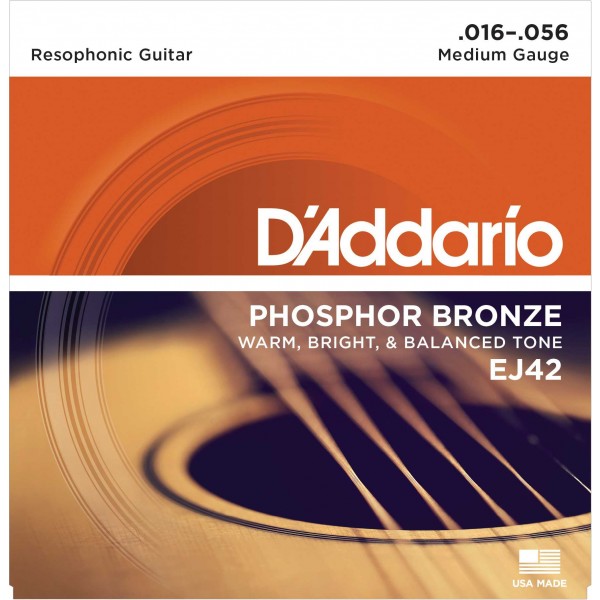Tuning And Strings
The most common dobro tuning is open G, and that's the tuning we'll use in all of the instructional videos (for 6 string dobro). The strings are, low to high, GBDGBD. For strings, most people use phosphor bronze strings, gauges 56-16 or 56-17. Here are my two favorite string sets...
GHS CR1600
This set last longer thans any I've tried.

D'Addario EJ42
This set is the classic dobro set. It sounds great, but doesn't last as long.

One issue with dobro strings is that the 3rd string (G) tends to die very fast. When it starts to die, it will not only sound dead, it can create a buzzing sound in the instrument. I've had quite a few people think that their dobro had a buzz, when it just needed a new G string. Sometimes I buy extra G strings (PB26 or PB28) so I can just change one string instead of the whole set. The GHS CR1600 strings are cryogenic, and the G string lasts much longer. I still really like the tone of the D'Addario EJ42 set, but they don't last very long. The GHS "Tim Scheerhorn" set is also great, but as far as I can tell, it's identical to the CR1600 set, and the CR1600 set is cheaper!
There are lots of other good sets available, and I encourage you to try as many as you want, and see what works best for you, just make sure the gauges are close to what you see here...